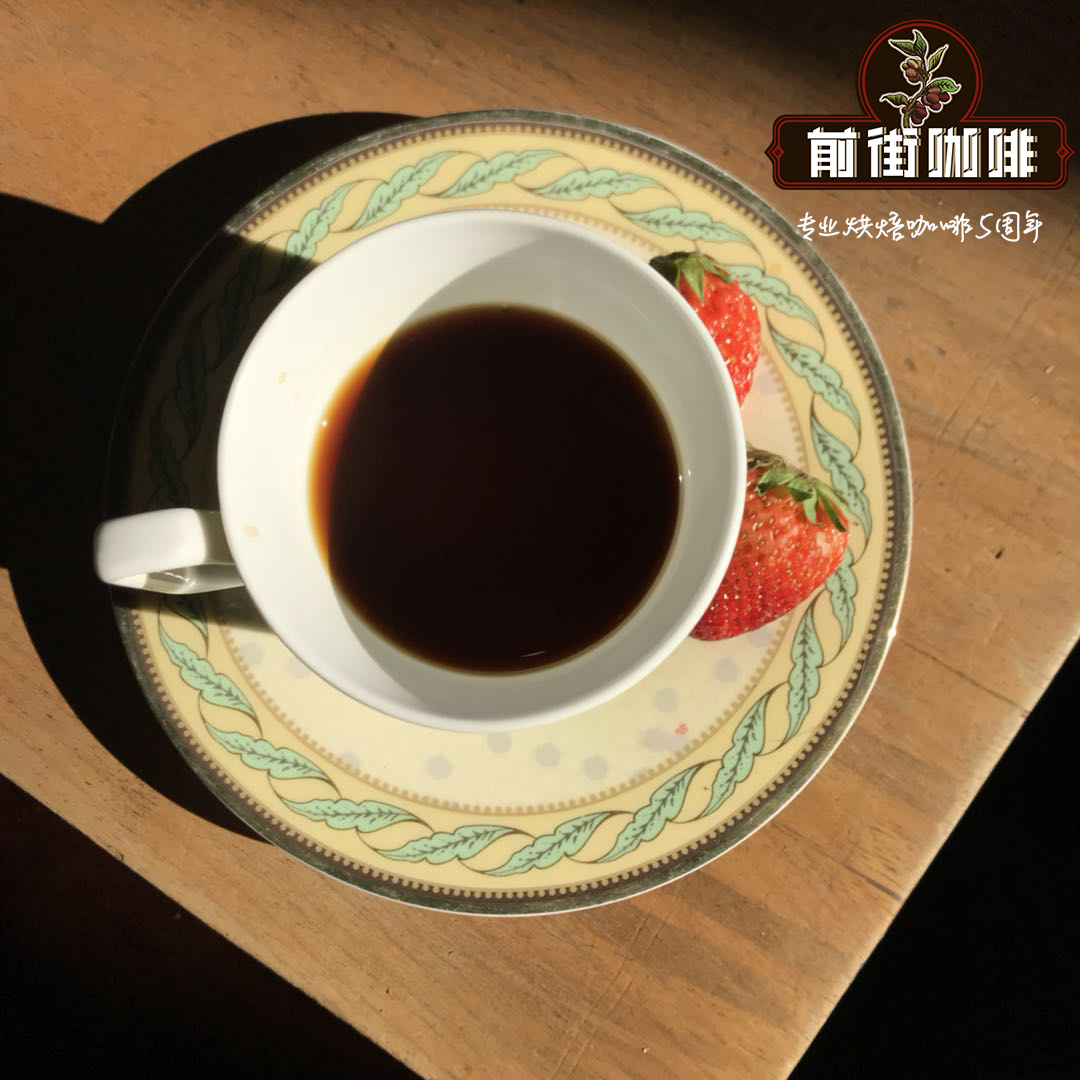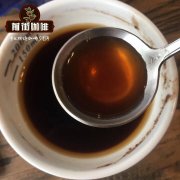What is the coffee flavor? how to taste the coffee flavor? coffee flavor description

Professional coffee knowledge exchange more coffee bean information please follow the coffee workshop (Wechat official account cafe_style)
The taste is divided into three levels: the first is the "sense of taste" that the taste buds feel feedback directly, the second is the "flavor" printed with other things, and finally the "situation" that echoes a scene in life.
Taste (Taste)
The sense of taste comes from the taste buds on the tongue, and you can taste sweet, sour, bitter, and salty taste, and because of the different locations of various taste buds, the acuity of the tongue to all kinds of taste sensations is also different.
Sweet:
Sensory range-mainly the tip of the tongue.
Taste source-part of the sweetness of coffee comes from roasted sugar.
Acid:
Sensory range-both sides of the tongue.
Taste source-mainly from organic acids in raw beans.
Bitter:
Sensory range-root of the tongue.
Taste source-most people may think that "bitterness" is a bad taste in coffee. However, bitterness is one of the necessary tastes in Espresso. It comes from the "Mena reaction" in baking.
Flavor (Flavor)
In the coffee world, when it comes to the "flavor" of Flavor, we must be no stranger.
Indeed, flavor always describes the most profound and moving strokes of a cup of coffee.
In the American Fine Coffee Association (SCAA), it has been systematically organized with the classic flavor wheel (Coffee Taster's Flavor Wheel); even recently, counter-culture coffee (Counter Culture Coffee), one of the three major boutique coffee in the United States, updated a flavor wheel in 2013, and even many coffee people have been able to use it for reference.
There is another implicit system in the SCAA flavor wheel, which comes from the flavor description of red wine and whisky.
Referring to the original "24 flavors" of whisky and the "108flavor" system of red wine, this system is reinterpreted as the "36 flavor" of coffee and applied to the description of coffee flavor. These 36 flavors have also been made into fragrant bottles to provide education, training or collection. Through the smell bottle, in addition to intuitively feeling the tone of various flavors, you can also get in touch with some flavors that are difficult to try in daily life.
In the description of flavor, there are eight basic categories:
Floral, fruity, nutty, sweet, wood, spices, fermentation, miscellaneous flavors.
1. Flower fragrance
two。 Fruity aromas (with citrus and berries as the two main categories)
-Citrus (flavor performance improved ex. Lemons, oranges)
-berries (the flavor is sunken ex. Strawberries, cherries)
3. Nuts
-drupes, chocolate
4. Sweet fragrance
Caramel, toffee, honey, sweet potato
5. Wood quality
6. Spices (especially in dry incense)
7. Fermentation (good: ripe fruit, bad: stinky acid)
8. Mixed smell (smoke, potions, rubber, soil)
Whether it is the description of taste, flavor, or situation, it is closely related to the attempt of all kinds of diet in our daily life. These dietary experiences will increase the database of various tastes in memory! So usually when eating, you can remember that taste, pay attention to some things around you, will help to understand the flavor of coffee.
Important Notice :
前街咖啡 FrontStreet Coffee has moved to new addredd:
FrontStreet Coffee Address: 315,Donghua East Road,GuangZhou
Tel:020 38364473
- Prev

How to choose coffee? How to distinguish the pros and cons of coffee? how to choose high quality coffee?
Professional coffee knowledge exchange more coffee bean information Please pay attention to the coffee workshop (Wechat official account cafe_style) often hear "a mouse shit, a pot of porridge bad", brewing coffee is the same, as long as a bad coffee bean mixed in, not only smell, drink will have astringent taste, and even cause throat lock, throat irritation, so the next will provide how to distinguish between coffee
- Next

How do you get the flavor of coffee? What is Maynard's reaction in baking?
Professional coffee knowledge exchange more coffee bean information please follow the coffee workshop (Wechat official account cafe_style) Mena reaction (Maillard reaction), also known as Maillard reaction, Maillard reaction, carbonylamine reaction, is a non-enzymatic browning reaction widely distributed in the food industry, refers to reducing sugars (carbohydrates) and amino acids / proteins in food at room temperature or added
Related
- Beginners will see the "Coffee pull flower" guide!
- What is the difference between ice blog purified milk and ordinary milk coffee?
- Why is the Philippines the largest producer of crops in Liberia?
- For coffee extraction, should the fine powder be retained?
- How does extracted espresso fill pressed powder? How much strength does it take to press the powder?
- How to make jasmine cold extract coffee? Is the jasmine + latte good?
- Will this little toy really make the coffee taste better? How does Lily Drip affect coffee extraction?
- Will the action of slapping the filter cup also affect coffee extraction?
- What's the difference between powder-to-water ratio and powder-to-liquid ratio?
- What is the Ethiopian local species? What does it have to do with Heirloom native species?

